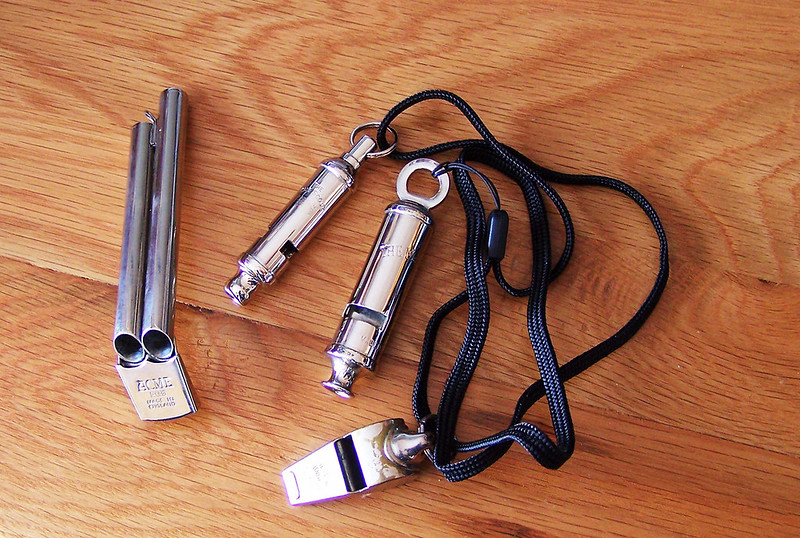Collusion is when two or more people or businesses get together and plan to benefit themselves financially or politically.
Types of collusion
Collusion can come in a variety of forms:
- Two or more employees work together to circumvent the segregation of duties and commit fraud.
- Due to management override abilities or authority, an employee may unknowingly be assisting in a fraud scheme.
- One employee feeds information to one or more non-employees to receive a kick-back.
- Two or more companies work together to manipulate market demand, supply, or the pricing of a good or service.
- Explicit collusion is when companies formally decide to work together.
- Tacit collusion occurs when parties informally agree to work within the same guidelines.
- Price leadership is an example of this. When one company sets a price, the other company or companies follow and set their prices similarly.
How likely is collusion to occur?
There is a 51% chance that collusion has played a role if fraud occurs in your business.
According to the Association of Certified Fraud Examiners (ACFE), in 2020, 51% of all frauds involved collusion.
- 35% of cases involved two perpetrators and had a median loss of $105,000
- Down $45,000 from a median loss of $150,000 in 2018
- 65% of cases involved three or more perpetrators and had a median loss of $350,000
- Up $11,000 from a median loss of $339,000 in 2018

What can help prevent collusion?
Collusion is hard to prevent when two individuals or companies decide to participate in the practice. There are steps you can take to help mitigate the probability of collaboration occurring.
Preventive measures for collusion between employees:
- Not hiring employees who are related. If employees are related:
- They should share no common processes.
- Careful consideration should be given to each related party’s access.
- Background checks, however, only 4% of fraudsters are convicted.
- Adequate employee training on internal controls and procedures.
Preventive measures for collusion between companies:
- Size of the industry and the number of companies in the same industry.
- Laws and Regulations
- United States antitrust laws
- The UK Competition Act of 1998
- Defection, where businesses use the information to undercut their competitors and make more profits.
Three things that help fuel collusion:
- Lack of internal controls
- 27% of cases
- Override of existing internal controls
- 20% of cases
- Poor tone at the top
- 14% of cases

What can help detect collusion?
A whistleblower most often discovers collusion. 43% of all frauds were discovered based on a tip.
- Anonymous tip line
- Internal audits
- Behavioral red flags
- Recruitment red flags
- Monitoring and analyzing employees activities for unusual patterns or activities
Examples of collusion:
Example #1: A pull-tab employee pulls all the big winners out of a brand-new game before mixing it and placing it into play. Then they inform their friend that a new game is in play. When the friend comes to play, the employee provides the winners that were set aside to the friend. The friend then splits a portion of their winnings with the employee. This fraud was discovered due to a whistleblower.
Example #2: Price match promises at stores.
